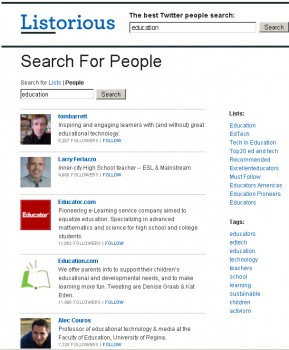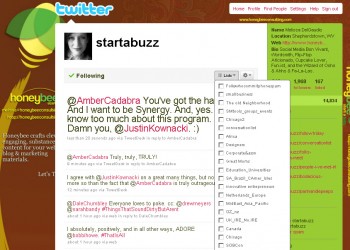Grow Your Business
This article first appeared on Amex Open Forum
If you produced the worldâs most enticing business networking event, who would you invite? Certainly weâd all want people from our own industry â vendors, partners, stakeholders, employees, customers and clients, even competitors â people from all over the world connecting and sharing what they do and how they do it.
Information and connections invaluable to creating more opportunities for any business ⦠but taking advantage of all of the possibilities at a huge event — finding the best strategic matches to your business — is clearly impossible to do. After all, such a gathering would involve thousands of great people (and likely a few who arenât so great), and youâre only one you. In the few days at any live event, itâs not possible to explore a serious business relationship with every person who might strategically help you grow your business. And the cost in time and resources to attend more than a few events a year limits that ability to connect even more.
Thatâs what has made Twitter so popular. Twitter has become the Worldâs Largest Networking event and you can sign in to connect and build relationships that will grow your business simply by investing some quality time every day. Hereâs how to get started building that Twitter network in as little as 30 minutes a day.
- Decide who you are. Twitter is about people of like minds and like values connecting to share what they know and to find ways to work together. To attract the people who meet that criteria for you, you have to be clear on your values, clear on who you are, and clear on what you have to offer people who might want to work with you.
- Choose a great profile pix. Your Twitter profile is your calling card and the first place people look when they want to know more about you. Think about the vendors, partners, stakeholders, employees, customers and clients, and even competitors you might want to talk with and learn from when you choose your profile picture. Make it a picture that reflects a real person that those real people will want to get to know.
- Make your bio more than a pitch. Read a whole slew of Twitter bios. Which ones make you interested in the people they represent? Say something in your bio that makes me want to know more about you and be sure to include a link to where I can find that âmoreâ if I do.
- Search for like-minded people and follow them. Many tools can help you locate the people you want to follow. Make a list of key words that might identify the people who are a good match for you. Job titles, issues, and trends make good key word searches. Some tools to start finding people to follow might include Twitterâs own search box, Listorious.com, and a âwho to follow on Twitterâ search on your favorite search engine.
- Check who your followers are following. When you find and follow someone who knows your industry and also knows Twitter. Click through to see who that person is following. Read their bios and decide whether you should be following those people too.
- Listen to the people you follow and add value to their conversations. Watch what the people you follow do that you find worth imitating. Most influential Twitter folks talk directly to other people and make their message about the people theyâre talking to. If you want people to listen to what youâre saying, speak in their language and make the message about them.
- Curate Attractive Content. Read the online publications that the people you want to attract and connect with would be interested in. When you find a great article, share the title, share the link, and share the @Twitter name of the author if you can find it. Everyone enjoys it when someone passes on their work. Many writers watch their Twitter âmentionsâ to see who has talked about them. Itâs a great way to make relationships with them.
- Start slowly. Show up at the same times every day. With 15 minutes in the morning around 7am and 15 minutes in the evening around 4pm or 7pm, youâll start seeing the same faces show up in your Tweet stream. and relationships will naturally happen, if you simply reach out to the people who care about the same things that you do.
Though Twitter can take more time than anyone might be able to afford, if you invest 30 minutes a day for a month, youâll begin to get or extend invitations to share an email or a phone call about working together. Then, youâll know how Twitter has come to be the worldâs largest networking room inside your computer.
–ME “Liz” Strauss
Work with Liz on your business!!










